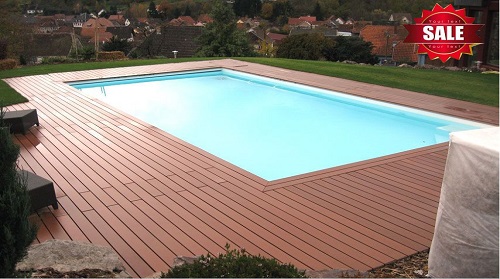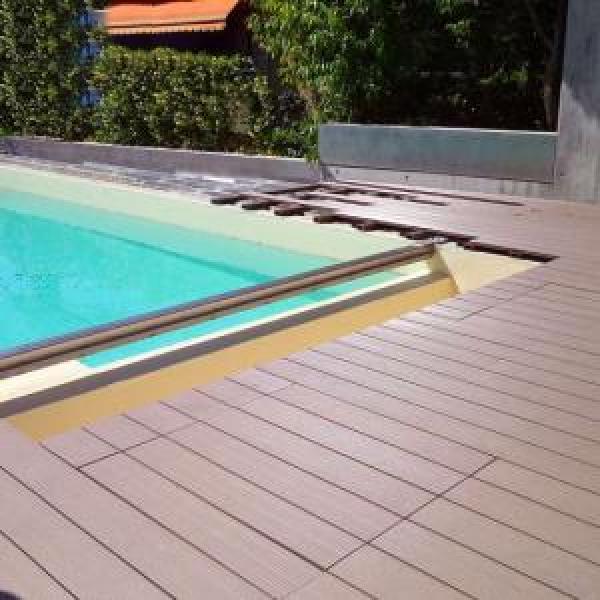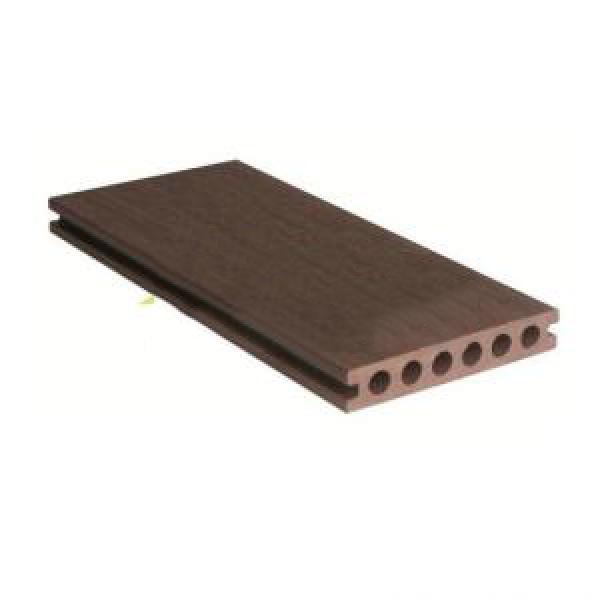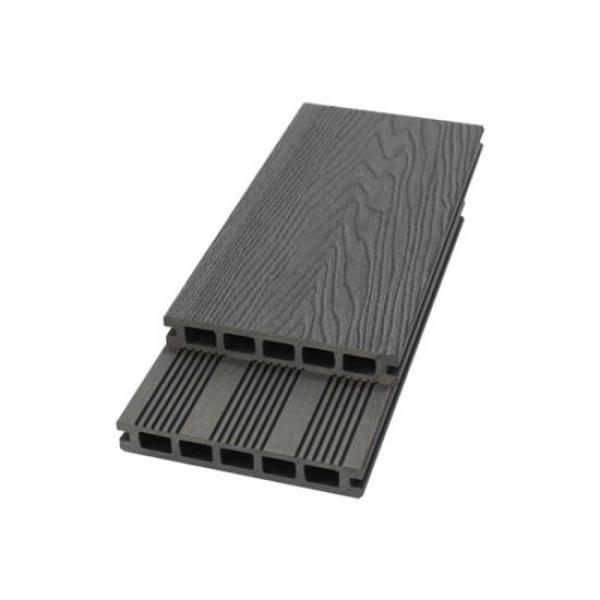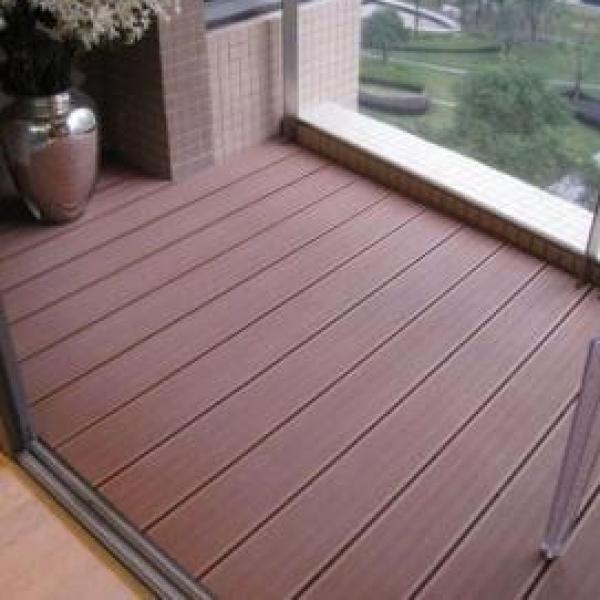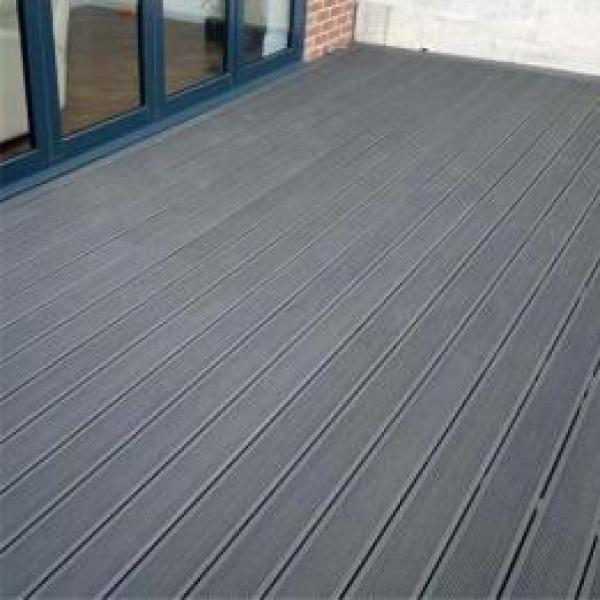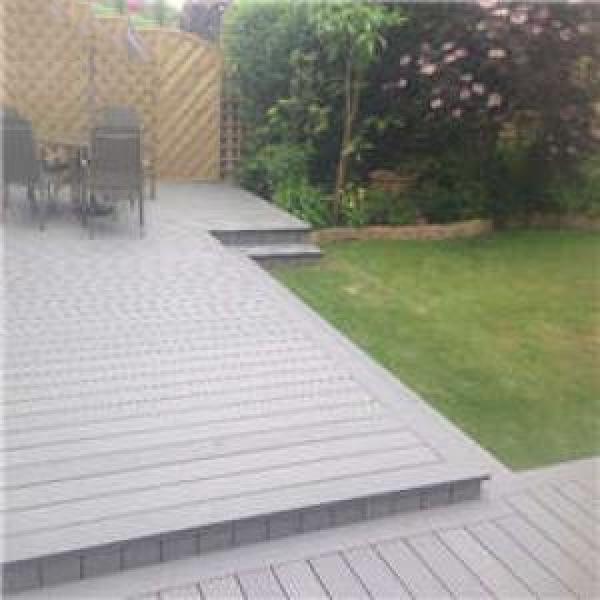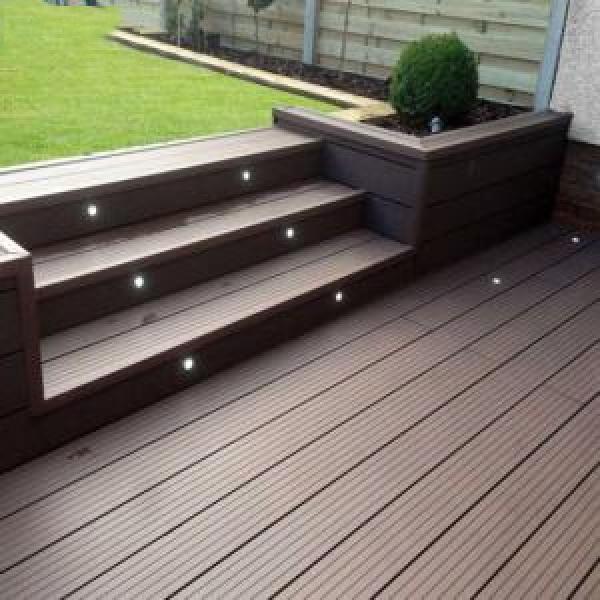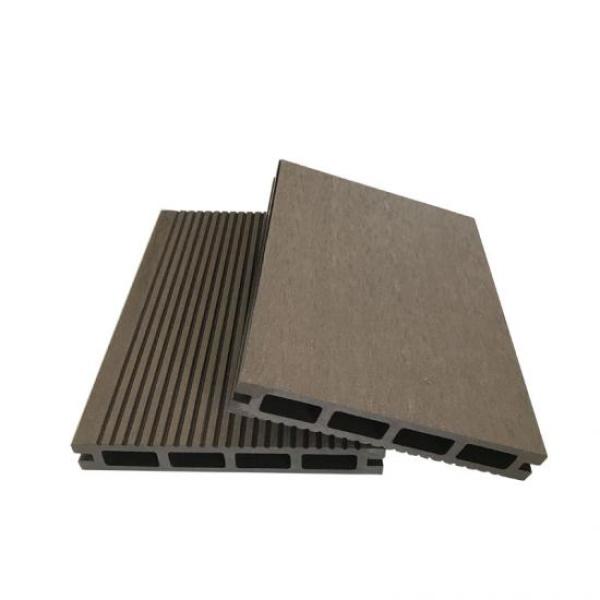The advantage of Wood Plastic Composite Decking
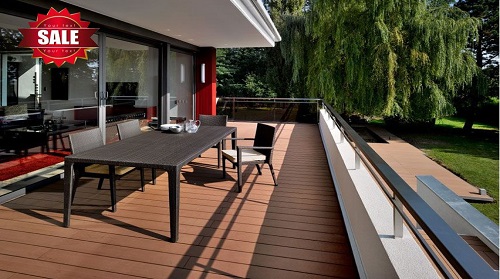
Wood Plastic Composite Decking and wood fibers, compared to pure wood decking, is becoming the choice for most homes in developed countries these days. While costing more upfront, the former requires lower maintenance costs and is more durable. More importantly, wood-plastic composite (WPC) is the wisest option if you want to help in environmental issues such as deforestation and recycling.
WPCs are usually made up of recycled plastic and wood wastes. They have the ability to be molded into spatial requirements specified by users. They also do not need to be painted or stained, unlike hard wood, which has to be sealed and stained regularly. This is one of the reasons why, over time, WPCs need less maintenance. If you are concerned about design and colors, though, these materials come in a variety of shades to match the area of your home or building where you need to use them.
But the most significant advantage of having composite decking of plastic and wood is environmental. WPCs are composed of about 40-50% recycled plastics and 50-60% recycled wood chips or fibers. This helps reduce the amount of wood and plastic wastes in landfills worldwide.
Also, to make a whole deck area solely made of wood, you need to cut down, perhaps, a whole tree. Using WPCs decreases the demand for wood and the need to cut down trees and, thus, helps stop the destruction of natural habitats across the globe.
Less air pollution is promoted by WPCs, too. Unlike treated wood, they do not contain copper, chromium, arsenic and other such toxins. You do not need to stain or seal them even after a long period of use, so you avoid ingesting harmful fumes that linger in your area when treating wood.
Most manufacturers of WPCs do not only use materials that are recycled, but are also recyclable. Their products can be later reproduced as similar materials for other outdoor areas. Indeed, some even call this "green" decking.
WPC usually have low moisture absorption and a high resistance to rotting, insect and damage by UV rays. Their low maintenance requirement and expenses truly make them the preferred materials by many people these days compared to traditional wood. Because it is splinter-free and resistant to warping, it makes them even more popular. Undoubtedly, they do help save the environment as they use nearly 100% recycled and recyclable materials. So, the next time you look for decking materials, try to consider WPCs.
Wood and plastic deckingare the best for your outdoors today.

 English
English Japanese
Japanese Spanish
Spanish German
German Russian
Russian Arabic
Arabic Portuguese
Portuguese French
French Korean
Korean Thai
Thai